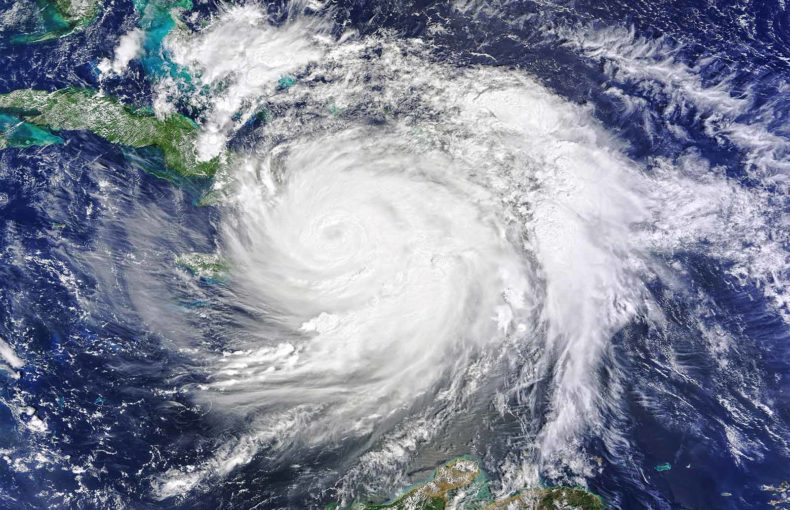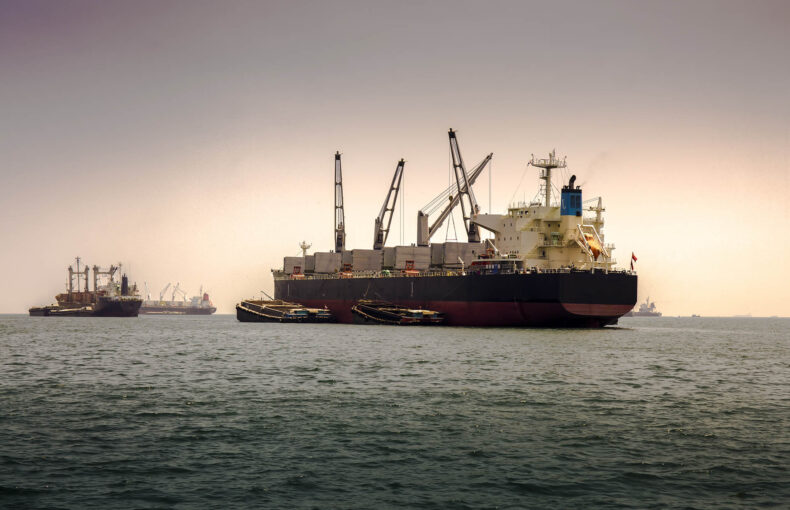Global trends that will impact supply chains in 2023
If 2020 is the year that broke the global supply chain, 2022 wasn’t the year where fixes were made. What emerging supply chain trends await 2023? Will there be greater resilience and predictability?
The truth is that the world has spent the last three decades striving to make the international trade chain as lean and as efficient as possible. However, with a sensitive geo-political landscape, the Ukraine war, the energy crisis, COVID and shortage of labour, the supply network has been more stressed than ever.
As we enter the new year, supply chain executives will begin their annual strategic planning process. Before executives do that, it is worth reviewing the top trends that will be impacting supply chain management for the coming year and beyond.
Economic downturn will impact consumer demand
The International Monetary Fund expects worldwide inflation to hit 8.8% this year. That would be the highest rate since 1996. In the US, consumer prices were up 9.1 percent over the year ended June 2022. This was the largest increase in 40 years according to the U.S. Bureau of Labor Statistics. In Europe, it is worse. Preliminary data from October 31st – reported Eurozone inflation running at 10.7%. This is the highest ever monthly reading since the euro zone’s formation. Five countries experienced triple-digit inflation rates during 2022. These countries are: Zimbabwe (269%), Lebanon (162%), Venezuela (156%), Syria (139%) and Sudan (103%). Argentina (88%), Turkey (85.5%) were not far behind.
Basically, driven by the Coronavirus and then the still ongoing Russia-Ukraine war, energy inflation is pushing up the cost of living around the planet. This means people will focus more on essentials and less on frivolous spending, translating to people trying to hold on to their cash. Thus, supply chain executives can work to reduce forecasts for 2023 and accordingly reduce stockpiles for the year.
Central banks respond to high inflation by continuing to raise interest rates – and thus slow economic growth – until inflation is back to acceptable levels. With the increased interest rates, borrowing at the corporate and individual level is expected to see a dive. This in return will affect capacity to produce and buy respectively.
Deeper visibility into N-tier suppliers will be priority
At one point in time, keeping dibs on Tier-1 suppliers was sufficient to ensure the smooth flow of goods across different layers of the supply chain network. However, in today’s age, with the exponential growth of external complications, supply chain strategists have to delve deeper and map out every stage taking into account distribution, warehousing, manufacturing support, repair options, transportation variables from land, air or sea and put it in against its corresponding matrix of cost, risk, revenue, time and carbon footprint.
In 2021, McKinsey did a survey in which just under half of the surveyed business entities stated their understanding of the locations of their tier-one vendors and their critical risks. A bare 2% reported that they had supplier visibility beyond tier 3 and beyond. As every stage of the supply chain is inter-connected and impacts the other, it’s essential to comprehend what pressing issues are occurring. Becton Dickinson, like most other companies, had many supply chain problems because of COVID. Around 80% of this global medical technology company’s disruptions were the result of problems in the n-tier supply base, not their Tier 1 suppliers.
Traditionally, it’s been challenging and time-consuming to identify who the N-tier vendors are as it constituted a manual process dependent on collaboration between upstream and downstream suppliers. Viewed with suspicion, upstream vendors were not comfortable with sharing data. Fortunately, technology has provided an efficient solution by combining large oceans of data, databases and AI.
Extreme weather will continue to plague supply chain efforts
Forty years ago, when scientists first warned of a possible climate catastrophe, it was a problem for the future. 2022 showed that that perilous future has arrived. Once rare, extreme weather incidents have now become a modern norm. Europe experienced record heat waves that burned forests and dried up rivers. Pakistan endured a similarly brutal heat wave that was followed by epic monsoons that left as much as one-third of the country under water. The U.S. southwest endured a record drought that shrank reservoirs like Lake Mead and diminished crops yields. These events, and more, are fueling the global supply chain challenge.
To understand the top weather events that impact global supply chain, download our free whitepaper here.
Technology will have to be at the forefront of all supply chain efforts, from the first mile to the last. We live in an era where companies can enjoy real time updates of their supply chain movements from literal eyes in the sky.
This same technology can also be used to plan supply chains routes, regardless of the route being by air, road or sea. This works by tracking global weather patterns and putting together forecasts with high levels of accuracy. To learn more, visit spire.com to discover how the company is reforming the way data is collected and utilized via its state-of-the-art satellites.
 Written by
Written by


